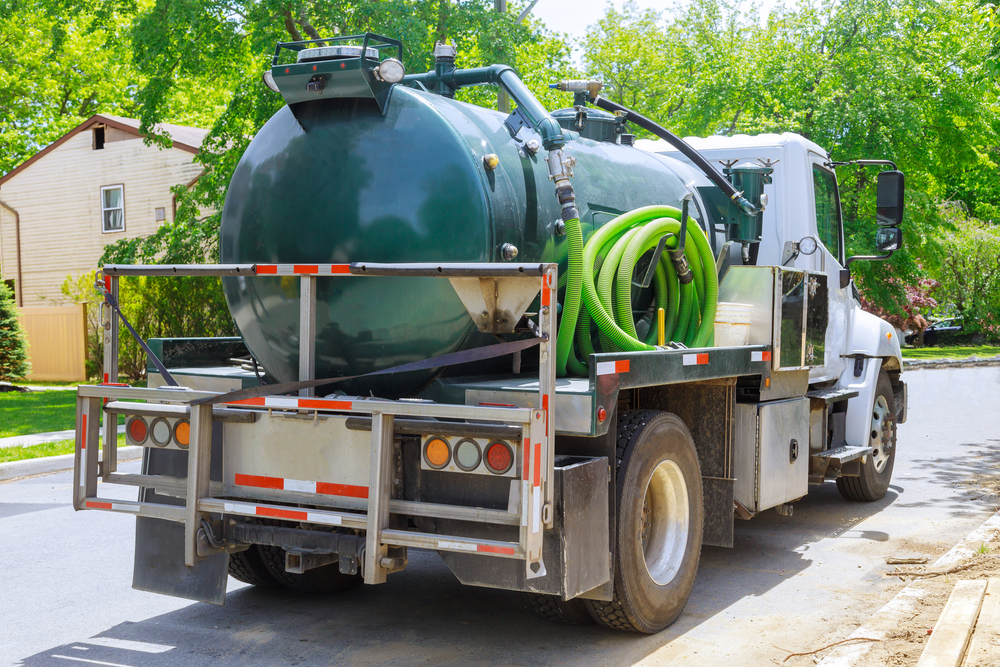Keeping parts of an offshore platform clean, such as oil and water storage tanks, is essential for the asset to produce as efficiently as possible.
And to help in this task, there is an industrial tank cleaning service. But, how do you know the difference between mechanical cleaning and chemical cleaning?
Continue reading, this post will explain to you!
What is the importance of industrial tanks cleaning?
During the useful life of industrial assets, it is quite common to find waste accumulated by the production plant, especially inside the tanks. They can be radioactive materials or just common waste generated in processes, such as those that occur in the extraction of oil and gas.
When there is a large accumulation of sludge in the storage tanks, the retention capacity of produced material is affected, since the tank is not being used to its full capacity, and therefore, the importance of cleaning the storage tanks.
However, this service needs to be agile, since, every day that the person in charge of the platforms has one or more of its inoperative and unproductive assets, she will be losing a lot of money.
Mechanical cleaning or chemical cleaning? What's the difference?
When it comes to storage tanks such as, industrial tank cleaning, there are several methods that can be used, and the choice for the ideal one will depend on some factors, such as the fluid or material that will be stored on-site, the system, the specific requirements so that there is no contamination, the size of the confined space and others.
Mechanical cleaning
When we talk about cleaning pipes mechanically, we are talking about nothing more than manual cleaning, done by people. It is carried out in places that have large internal diameters, which allow the presence of people. This is the case of oil storage tanks, in which the responsible person has to deal with large sludge incrustations using hand tools.
Chemical cleaning
Chemical cleaning is a special method of cleaning parts and pieces, used in places that cannot be contaminated with grease, oil, and rust residues, for example. It can be carried out with acidic or alkaline products, depending on the need of the process. Many companies use materials that are not so aggressive to the environment, as is the case with neutral biodegradable degreaser.
Chemical cleaning is used to remove contaminating materials, scale, oxidation, and other heavier materials. After the chemical cleaning process is finished, the pipes must be filled with inert gas and kept under low pressure.
How does tank cleaning on an Industrial platform work?
Here attention needs to be doubled in several aspects when industrial tank cleaning services near me are happening, mainly with regard to environmental damage. Waste should not be disposed of at nearby places or in the water area but managed correctly.
Emptying the tanks
Each week, on average, the industrial tanks are emptied so that whatever oil and water is stored is taken to other production stages. Thus, the extraction and storage process can continue.
The emptying is done through the Offloading operation, in which the entire production is pumped to an oil tanker, which will take the material to continue in other processes.
Deciding when to perform tank cleaning depends on the needs of the platform operator, but it is important to know that, with the accumulation of a lot of sludge at the bottom of a tank, the production efficiency of the asset decreases considerably.
When there is a need for cleaning, the tank is emptied by the same Offloading process, so that the company that will provide this service enters the confined space to perform the cleaning.
What are the main processes for cleaning storage tanks?
The drain and the cleaning method that makes the atmosphere of the confined space free of impurities and gases. It can be done by washing with water, ventilation, or inert gas.
Already Blanketing happens through the use of inert gas. What happens is the displacement of the atmosphere from a certain confined space, transforming it into non-fuel, but with oxygen deficiency.
We can say that when inerting, we perform the purge through the use of inert gas. Generally, Nitrogen is used.
After this process, before allowing human presence, that is, the entry of employees into the confined space, constant ventilation of the environment, and the analysis of the concentration levels, both of oxygen and of toxic gases inside the tank, are essential so that an Explosive Atmosphere is not created.
Then, monitoring is carried out to find out whether there is radioactive material present or not. Depending on the result, either cleaning or decontamination of the site is carried out together with the cleaning.
If you are looking for a company that cleans industrial tanks with the following environment protection standards, count on Spider Facilities.

Leave a Reply